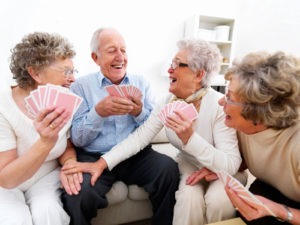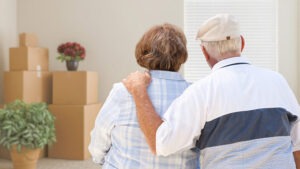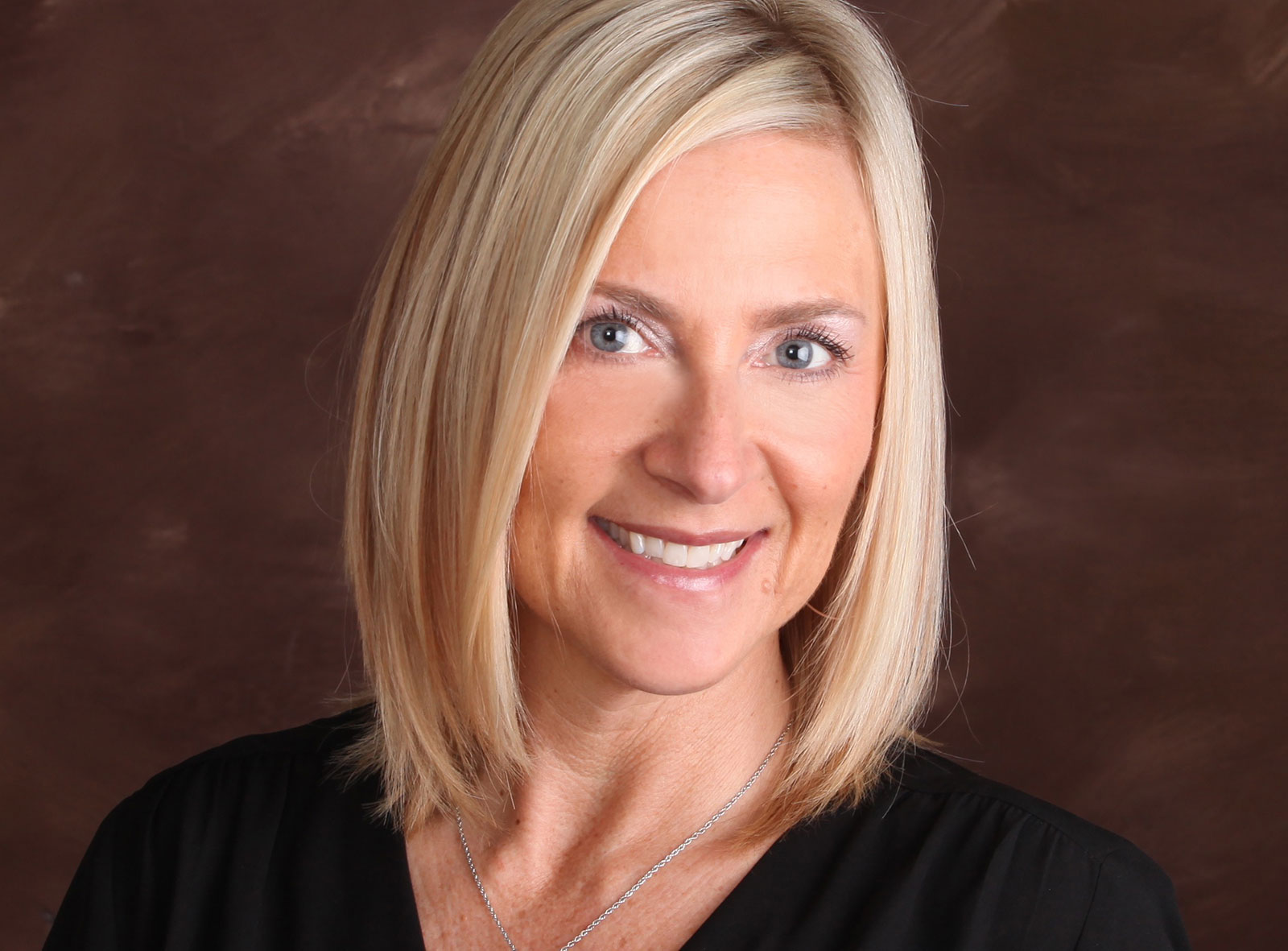What is Adaptive Living? How do I know what I need? How do I know what my parents need? How can I remain at home and have the best quality of life? These and many other questions run through the minds of seniors every day with regards to their own health, as well as the health of their loved ones.
As a practicing Physical Therapist and Home Health Agency owner, Adaptive Living can look quite different for each person! I always view this topic through a very proactive approach towards overall WELLNESS. When assisting clients and their families to age in place, adaptability can be addressed in four ways: Adjustments in Environment, Activity Levels, Nutrition, and Emotional Health. All four will contribute significantly to an individual’s ability to not just maintain, but THRIVE in their place of residence.
ENVIRONMENT: Adapting the environment to ones current functional level is critical not only to allow for participation in activities of daily living, but also for safety and reduced fall risk. The Centers for Disease Control (CDC) has a checklist for safety in the home available, along with many other fantastic free resources for seniors and their families at www.CDC.gov. When looking to adapt the environment first check the pathways through the home. You should be able to access all necessary rooms without clutter or cords. Next, check the flooring. Is all carpet secure. Remove any loose throw rugs throughout the home, especially if there already is a risk for falling or if one is using an assistive device. (Yes, this means removing the pretty rug that matches the shower curtain and towels) ..or it gets rolled up and used only when stepping out of the shower. In the bathroom, do you need to install grab bars at the entrance and inside the shower or bath? Possibly purchase a shower seat. If you do not have a walk-in shower, is it safe to get into the tub? A tub bench would solve this problem and prevent having to step in and out of the tub. Install a hand held shower wand. Can you get up from the toilet safely? There are raised toilet seats and over the toilet benches. You can also install a grab bar next to the toilet (I do not recommend using the towel bar to assist, as they are not sturdy enough)! Lighting will also need to be assessed. Install a motion nightlight in the bedroom and along the path to the bathroom as well as inside. In the kitchen, are all daily items within reach? Move things from high shelves to counter height. Do not forget about trying to avoid excessive bending to reach lower cabinets, as this can pose a fall risk. Lastly, assess the seating in the living room and dining room. Is your favorite chair just too low now? Is it difficult to get up from? Does it have armrests to assist you? Consider placing another chair with good back support and arm rests in the living areas. This reduces the fall risk and allows for more independent and safe transfers. You can also place risers under sofas to raise the height to allow for safer transfers.
ACTIVITY LEVELS: A multitude of studies have clearly shown the benefits of daily activity for seniors, regardless of medical history or cognition deficits. There is something safe for everyone! Incorporating daily exercise has been proven to increase and maintain strength, improve digestion, improve mood and behavior, as well as reduce the risk for falling. Seated or standing repetitive exercises not only address cardiovascular health, but joint mobility, and muscle strength. A home exercise program can be easily designed by a home health therapist. They will be able to evaluate your ability to function and take in to account your past medical history in order to provide you with safe activity suggestions!
NUTRITION: Proper diet and a healthy life go hand in hand. According to the World Health Organization (WHO), a majority of the diseases that older people suffer are the result of an improper diet. Age related challenges that can hinder proper nutrition are medication side effects, poor dental health, Depression, physical difficulty, and memory loss. If you or your loved one are trying to maintain living alone or with a family member, it is critical to that someone make certain proper daily nutritional requirements are being met. Eliminating overly processed foods and replacing them with healthier fresh options will ensure the proper intake and benefits. A balanced meal should consist of carbohydrate-rich foods like sweet potatoes or brown rice; protein-rich foods such as fish, salmon, and beans; as well as fruits and vegetables. Also incorporate foods that are high in omega 3 fatty acids, calcium, and fiber. Finally, create the hydration habit by having a large Yeti or similar water bottle filled each morning with water. Always consult your physician for any dietary restrictions for medical conditions and allergies.
EMOTIONAL HEALTH:
Older individuals still experience stressors common to people of all ages. There is a strong connection between mental health and physical health! As circumstances and family dynamics change, it is important to adapt and start new routines for you and your loved ones. Retirement, bereavement, loneliness, a new living environment, decreased physical mobility, and chronic pain are just a few changes that can affect one’s emotional well-being. There are many options to help create positive daily experiences. Socialize at the local senior center. Stay involved in family gatherings. Talk to friends on the phone and in person! Play games and puzzles to work your mind. Consider writing in a journal. If you are physically able, volunteer in the community. All of these suggestions create a sense of value and purpose.
Adaptive Living will look different for each individual! Be proactive! Get a head start on living your best life by addressing all four components of overall wellness!
By Dr. Shawn DeVol Weiss, PT, DPT, CDP, CADDCT
Shawn is a licensed Physical Therapist with over 20 years of experience in her field. She is founder of Senior Health and Wellness Group and Co-owner of Select Home Care in Columbus, Ohio. She obtained a B.S. in Education with a minor in English from Otterbein College in 1992. Deciding to pursue her passion, she earned a Master’s Degree in Physical Therapy from Andrews University in 1998. She also completed her Clinical Doctorate in Physical Therapy from the University of Montana in 2010. Shawn’s pro-active approach to physical therapy focuses on wellness and prevention strategies for all of her clients, with an emphasis on Fall Management and Cognitive Management programs for the elderly in assisted living facilities. She is a Certified Dementia Practitioner and Trainer. She has been involved with Answers For Elders since 2012. She is also a former Instructor for Summit Professional Education where she traveled the country teaching Continuing Education courses on Home Health Policy and Rehabilitation. Shawn and her family reside in Galena, Ohio.












